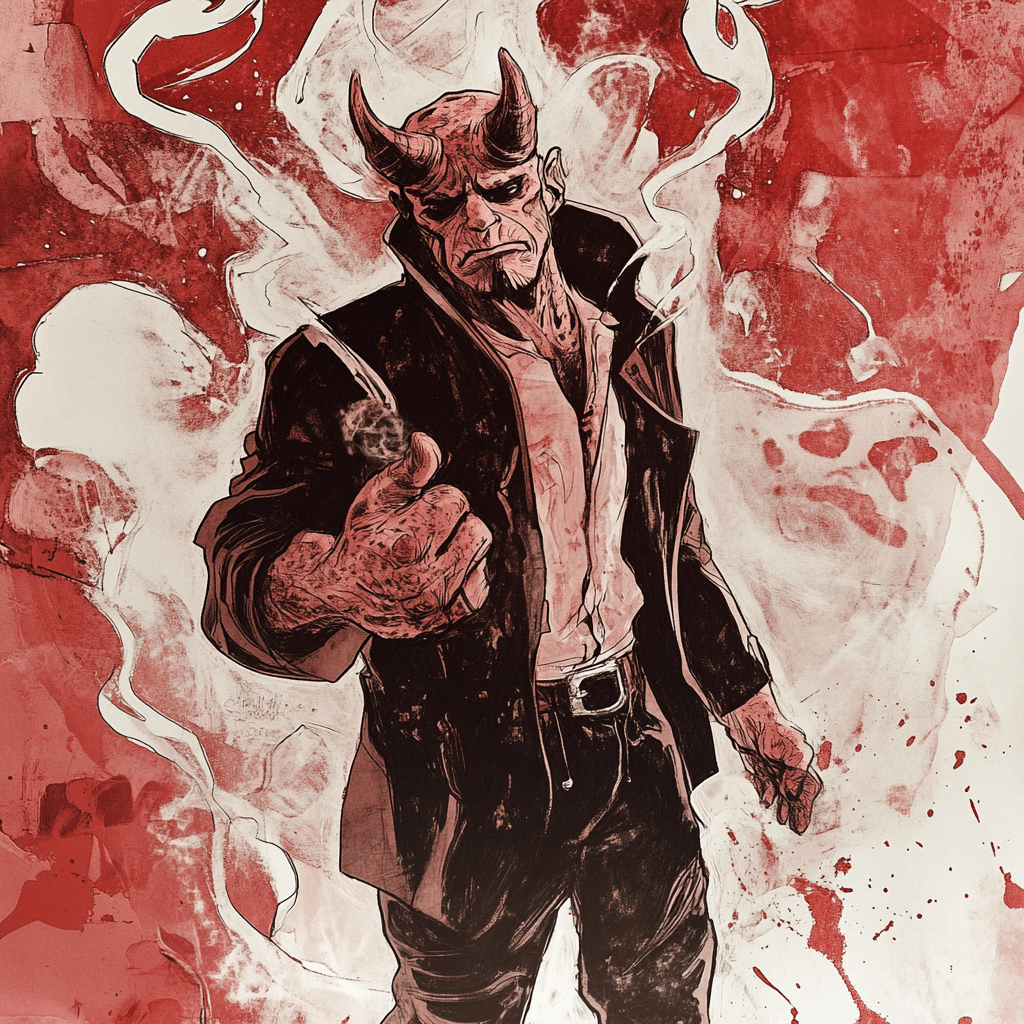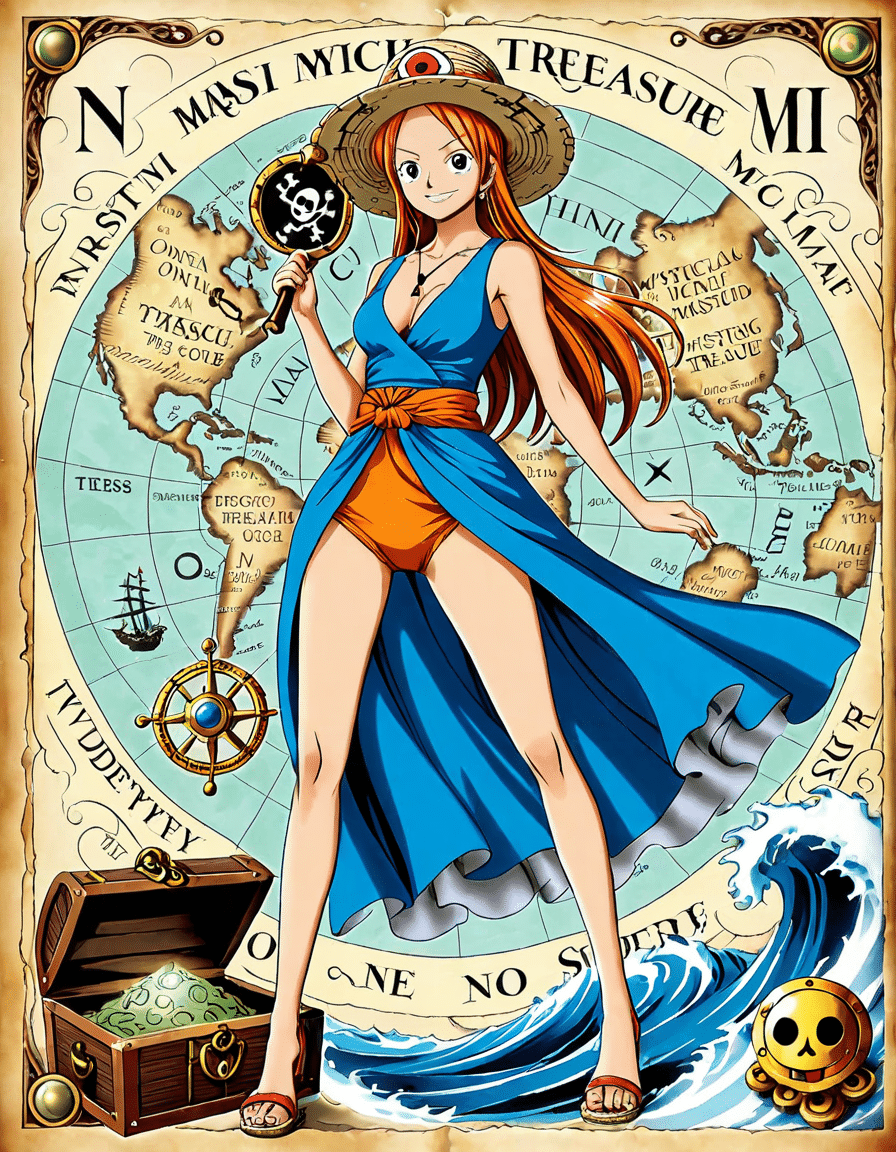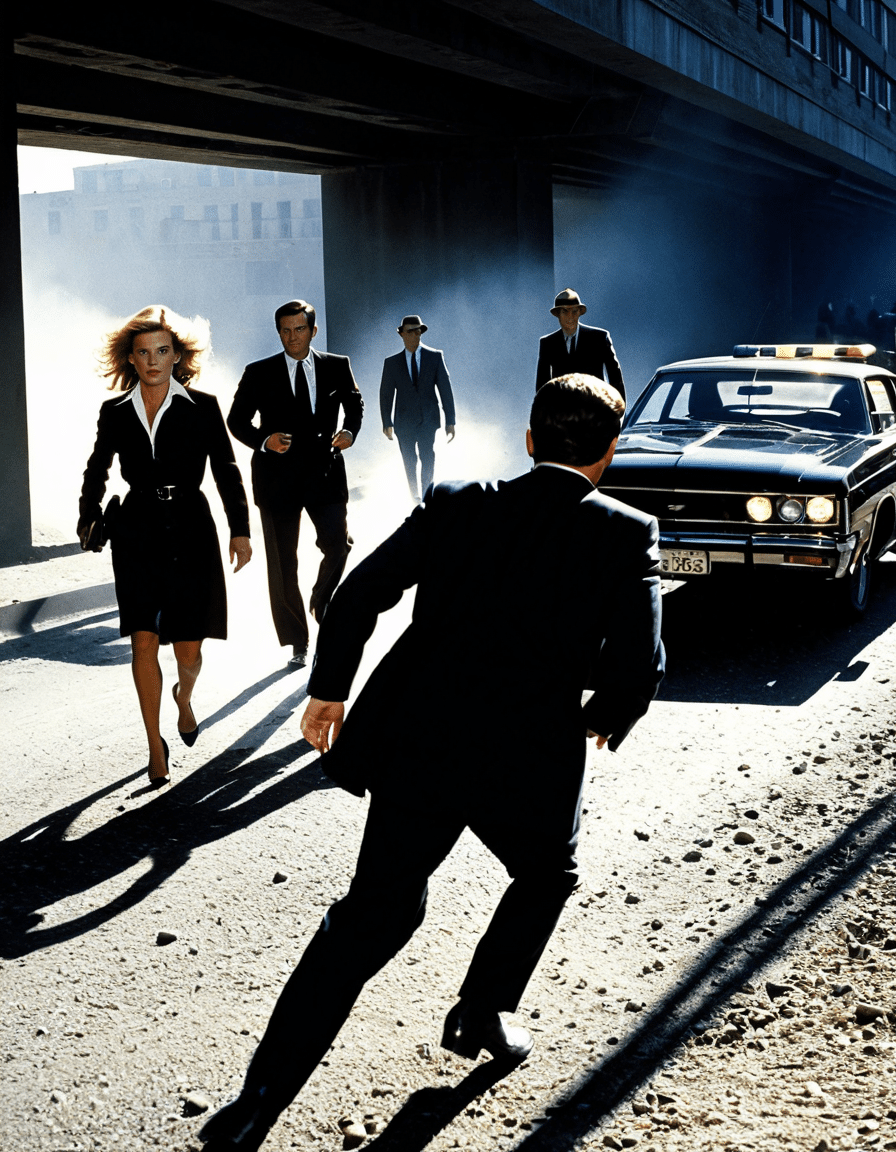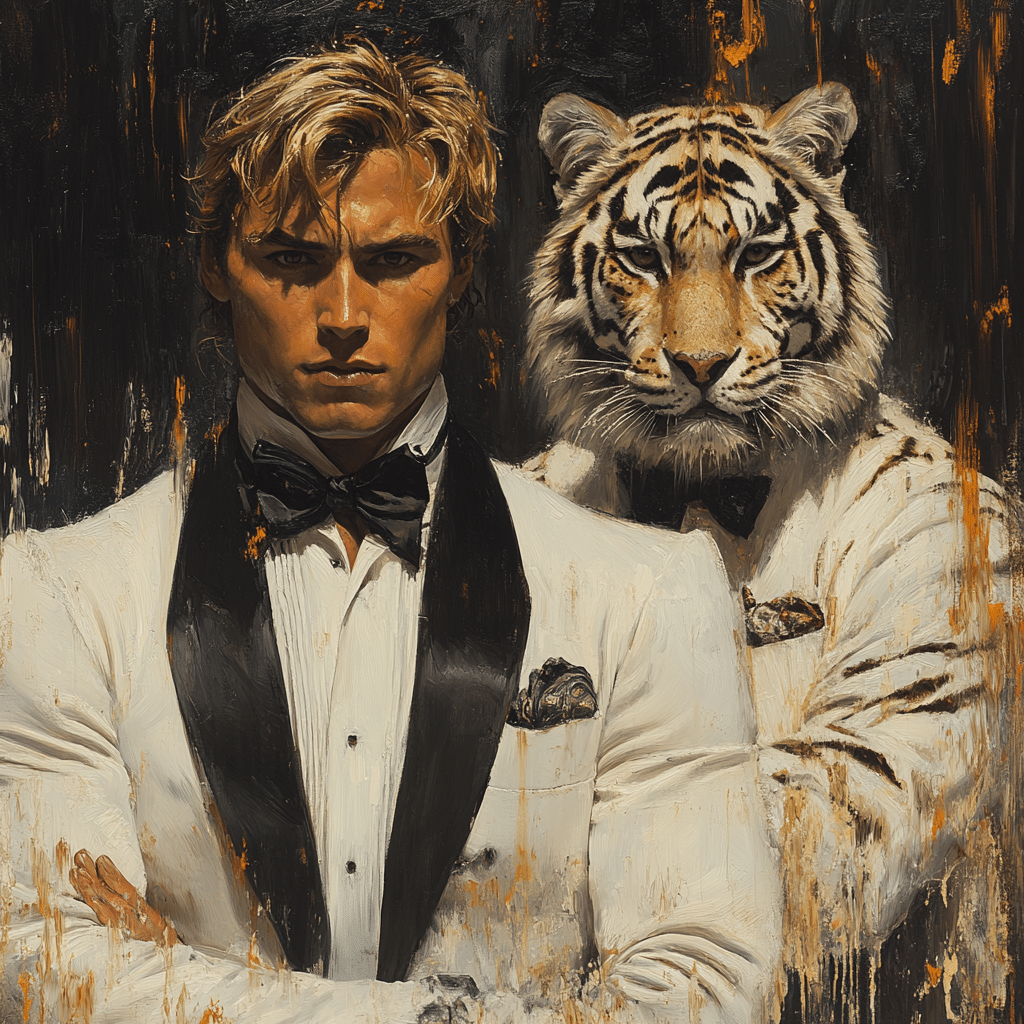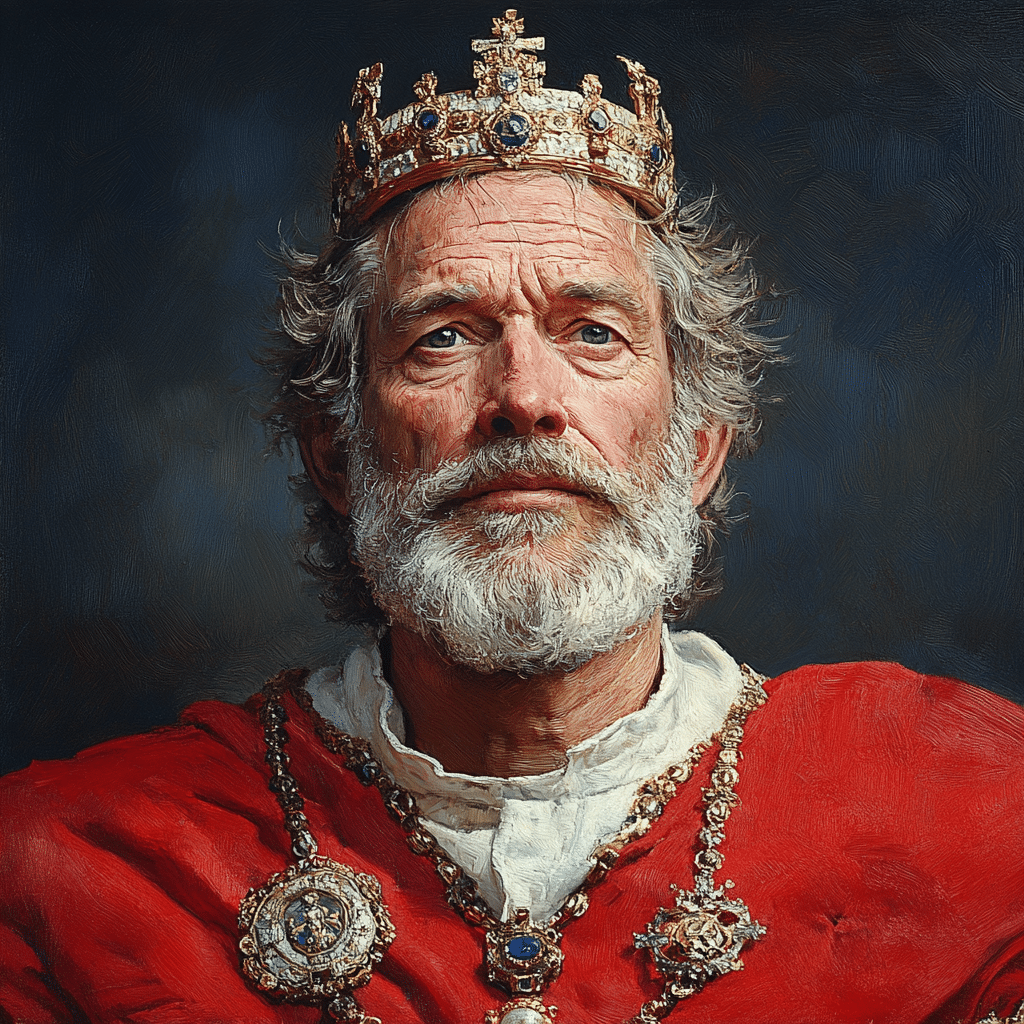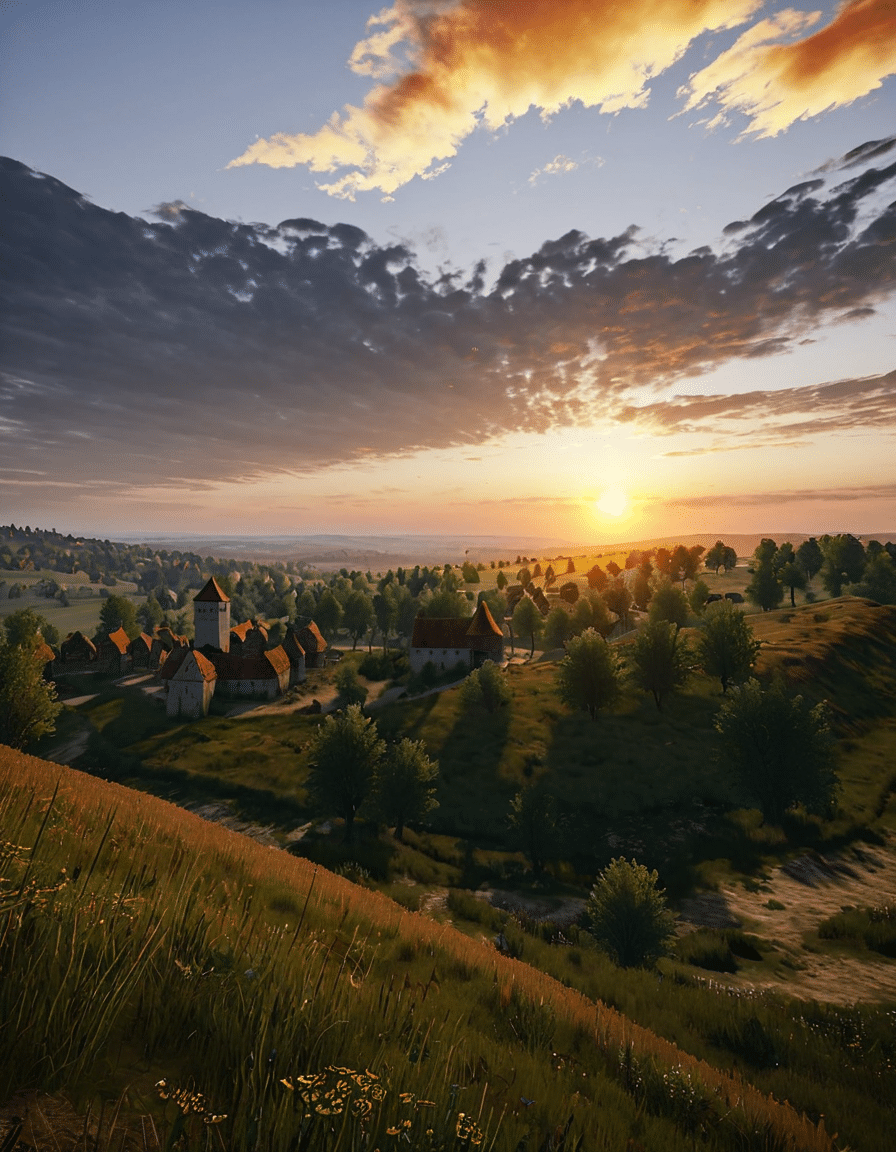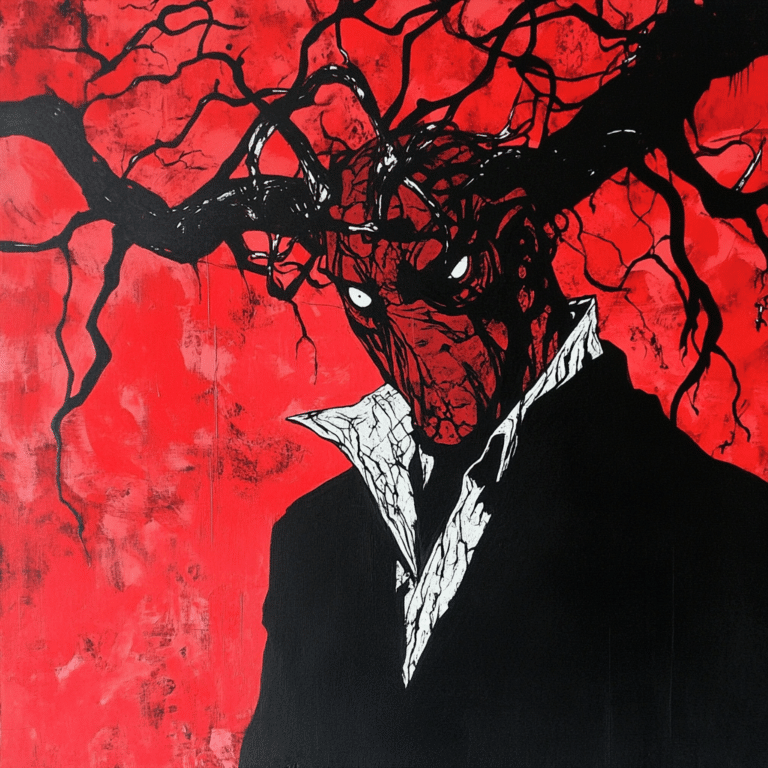In popular culture, few names evoke fear and intrigue like Vlad the Impaler. This historical figure, woven into vampire lore through Bram Stoker’s Dracula, masks a complex character that’s worth deeper exploration. Today, we’ll take you through seven fascinating facets of Vlad the Impaler that unveil the man behind the myth, along with his lasting impact on both history and fiction. Buckle up, because this is one wild ride you won’t want to miss!
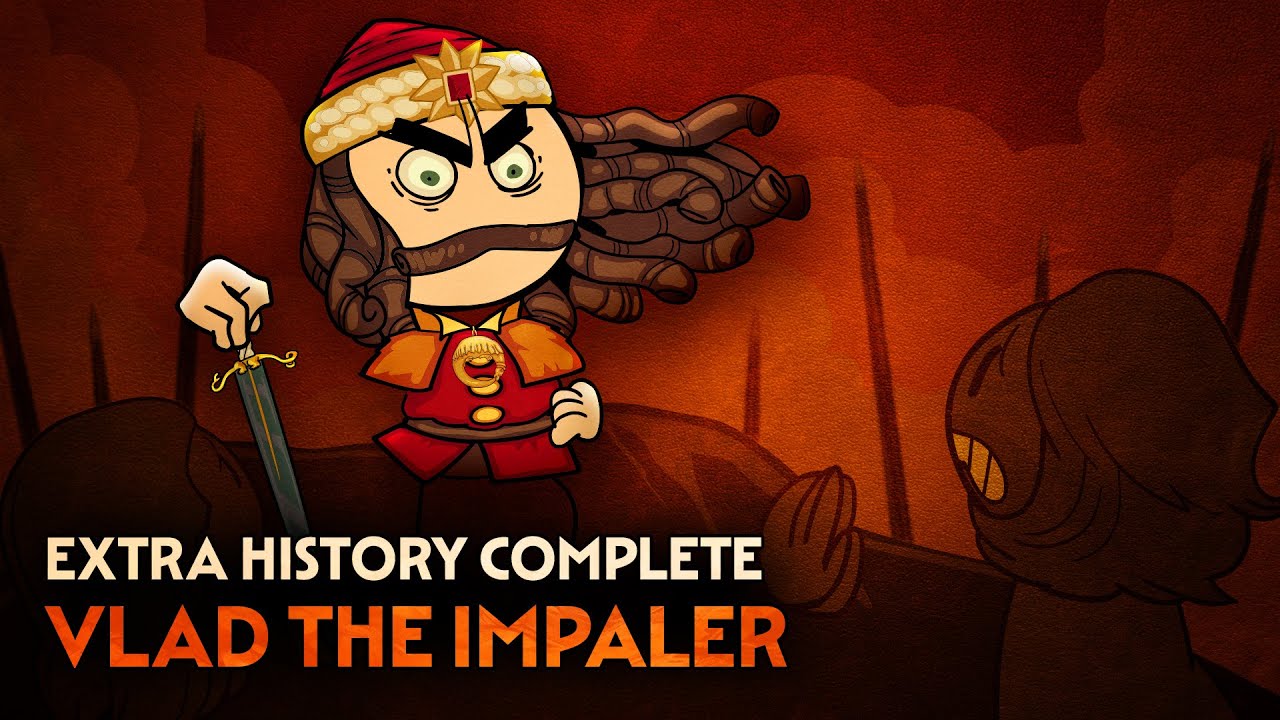
1. The Historical Context: Vlad the Impaler’s Romania
Let’s set the stage a bit. Vlad the Impaler, officially known as Vlad III, ruled Wallachia during the tumultuous 15th century. With the looming threat of the Ottoman Empire, political chaos was the name of the game. Imagine a chessboard but with real stakes—like life and death! Vlad’s reign was marked by brutal tactics, including gruesome punishments that earned this tyrant some dark fame.
Understanding the geopolitical landscape of that time provides a clearer picture of Vlad’s motivations. The Ottoman Empire was on a conquest spree, making Vlad’s mind-bogglingly horrific strategies appear as desperate steps toward sovereignty. This backdrop paints him not only as a tyrant but also as a national hero for some Romanians. Go figure!
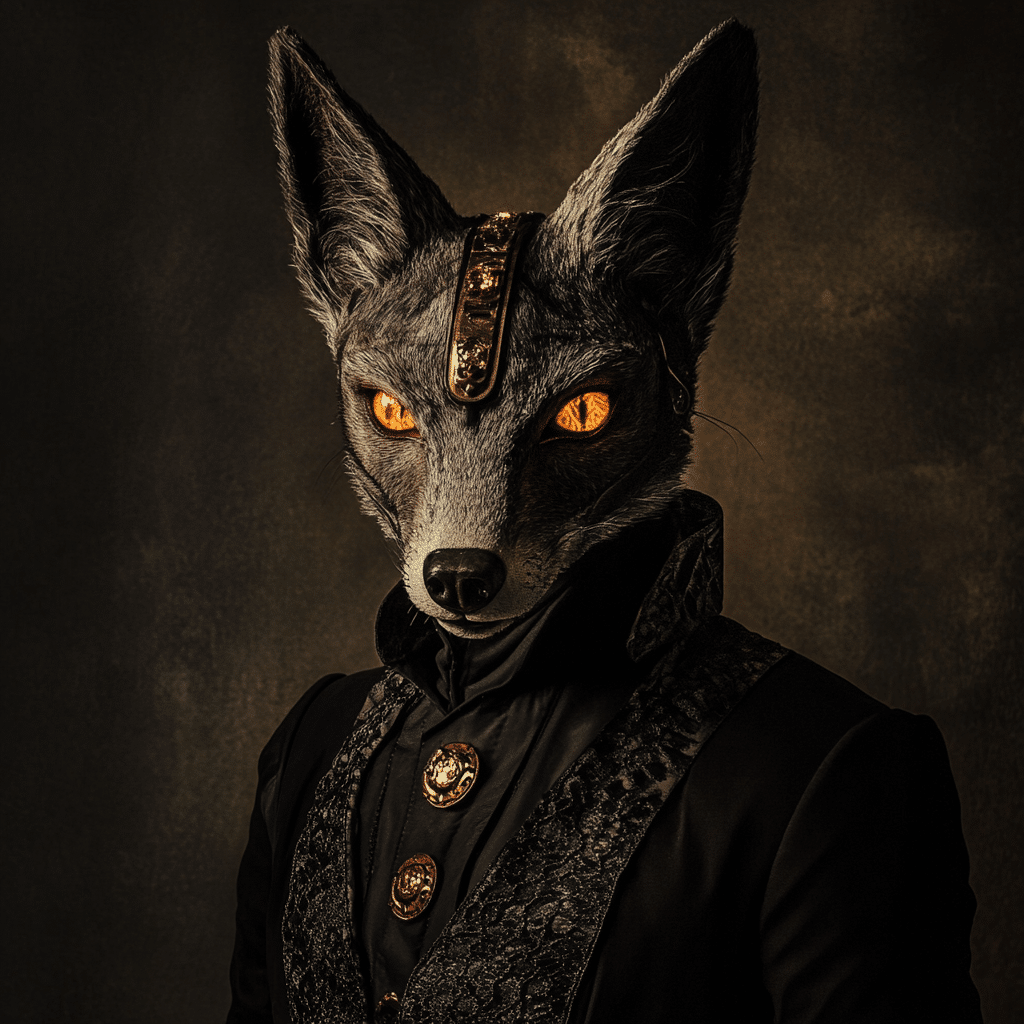
2. The Jackal: The Psychological Warfare of Vlad the Impaler
Vlad’s psychological warfare was like that of a cunning jackal, designed to instill terror far beyond the battlefield. His infamous practice of impaling enemies became the stuff of nightmares, as he displayed their lifeless bodies as a warning for all those in sight. During one of his well-known campaigns, it’s said that he impaled over 20,000 Ottoman soldiers outside the walls of Târgoviște. Talk about a gruesome greeting—it’s a little like saying, “Happy Halloween!” but at an extreme level.
But why go to such lengths? For Vlad, it wasn’t just about cruelty; it was about creating a name that screamed intimidation. He understood fear like a seasoned pro, and that fear served as a deterrent, effectively dissuading future invasions. The creepy aura he cultivated resonates with us even today—no wonder he’s become an iconic figure!
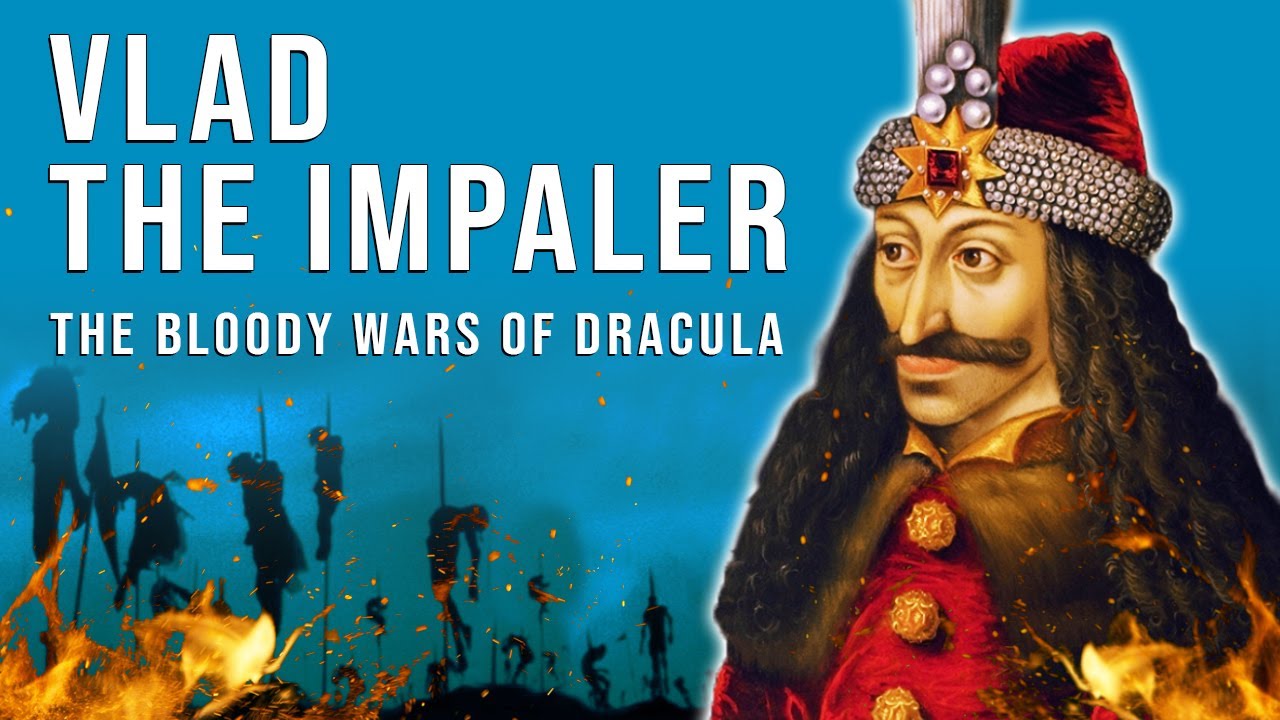
3. The Darth Maul Duality: Warrior and Ruler
Here’s where things get even more interesting! Like Darth Maul from Star Wars, a character who’s both imposing and strategic, Vlad the Impaler wore multiple hats. Sure, he was deadly on the battlefield with clever military tactics that kept Wallachia secure. But Vlad also shined as a shrewd ruler who implemented policies to boost trade and enhance his kingdom’s economy.
This dual nature makes him an irresistible character in the annals of history. While he could play the role of a ruthless tyrant, at times, he showed glimpses of leadership and innovation. It’s this complexity that elevates him above mere villainy—there’s much more to this story than meets the eye!

4. Nightcrawler of the Night: The Legend Grows
As time passed, Vlad the Impaler’s legacy grew darker, evolving into a tapestry of myths and legends intertwined with supernatural tales. It didn’t take long for him to become the archetype for Count Dracula, fueled by gothic narratives that capture our imaginations. Just like a nightcrawler creeping through darkness, Vlad’s transformation highlights how stories can morph with time.
This blending of history and fiction isn’t just interesting; it reflects our fascination with fear and horror. The facts of Vlad’s life became intertwined with myth, in a way that many modern horror stories still echo. The bravado of his legendary status makes him a thrilling figure to discuss at a dinner party—who doesn’t love a spooky tale to tell over dessert?
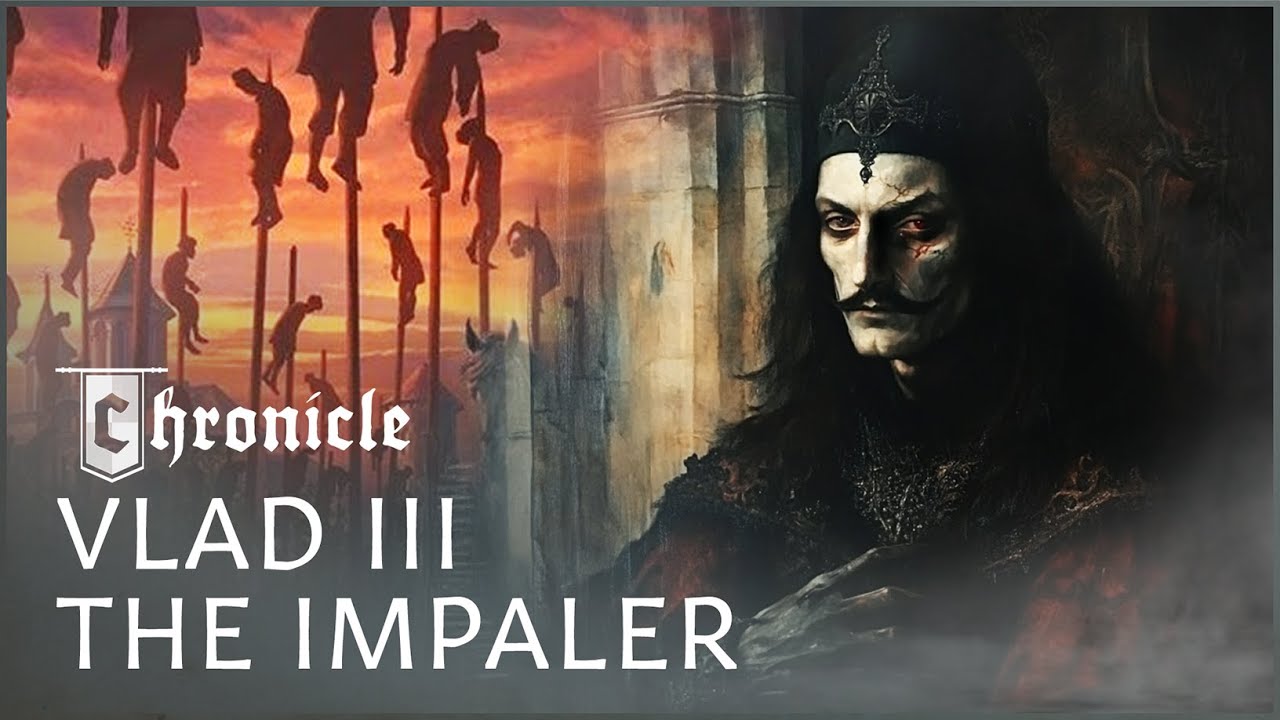
5. Darth Vader: An Iconic Legacy of Fear
Fast forward to the galaxy far, far away, and you’ll see how Vlad the Impaler’s legacy mirrors modern villainy, especially through characters like Darth Vader. Many aspects of Vlad’s life resonate with Vader’s iconic character arc—from betrayal to an insatiable pursuit of power. It seems that fear has always been a powerful narrative tool, shaping perceptions of villainy for centuries.
Wondering how this connects to today’s cinema? Well, Vlad’s chilling life taught us how to frame an intimidating character in film and literature. The lasting impact of his legacy colors the villains we see on the screen, challenging us to explore what makes a character truly terrifying. It’s fascinating to see how these age-old tales continue influencing movies, from Star Wars to the latest horror flicks!
6. The Leprechaun Effect: Folklore and National Identity
Just like the leprechaun embodies aspects of Irish folklore, Vlad the Impaler symbolizes Romanian national pride and identity. His story serves as dual-edged—representing national pride while navigating the complexities of being demonized as a tyrant. This folklore has morphed into a tourist staple, much like those kitschy leprechaun trinkets you can find in shops around Dublin.
This duality in Vlad’s image opens up fascinating discussions about how societies create narratives around historical figures. It’s almost comical when you think about it; one man’s hero is another’s villain, all distilled down into folklore. So next time you hear someone mention the dual tales of Vlad, remember that there’s more than meets the eye!
7. Kraven the Hunter: A Dual Role in History and Myth
Taking another leap into the name game, Vlad the Impaler resembles the relentless obsession of Kraven the Hunter—a character known for his thrill of the hunt. Just as Kraven fixates on hunting his prey, Vlad exhibited an insatiable desire for power and dominance. His ruthless methods showcase him as both predator and protector of his realm.
This resemblance reveals an age-old trope: powerful figures who seek to dominate not just their enemies but their entire narrative. It’s this complex interplay of historical figure and myth that keeps Vlad relevant today. Headlines today might be focused on exciting sports matchups like Lakers vs. Kings, but Vlad serves as a reminder of how history can shape contemporary storytelling.
In weaving together these dimensions, we gain a richer understanding of Vlad the Impaler—not just as Dracula’s infamous inspiration but also as a remarkable symbol of fear, resilience, and the human experience. His legacy prompts timeless questions about heroism and villainy that resonate no matter the era. It’s a story that never seems to get old, similar to a thrilling movie cliffhanger that keeps you coming back for more.
As we delve deeper into the intimately human layers of history and legend, we can see Vlad the Impaler remains a captivating figure in our cultural psyche, one that we continue to explore and discuss in films and literature, like those inspired by the complex roles in the Mandalorian. So next time you think of Vlad the Impaler, don’t just picture the myth; remember the man who helped shape the modern narrative of villainy as we know it today. And who knows, maybe grab some popcorn and a good horror film as tribute to the legacy of fear he carved out for us all.
Vlad the Impaler: The Real-Life Dracula Behind the Legend
Historical Context and Infamous Reputation
Vlad the Impaler, or Vlad III, ruled Wallachia in the 15th century and is often regarded as the inspiration for Bram Stoker’s Dracula. Known for his brutal methods of dealing with enemies, Vlad earned his nickname from his penchant for impaling foes. Interestingly enough, his reign was marked by a battle against the Ottoman Empire, a fight that would seem straight out of a gripping movie – reminiscent of the intensity found in Lakers vs Kings matchups. His legendary cruelty, however, masked a leader with a fierce love for his country and its people.
While tales of his atrocities may seem exaggerated today, they’re part of a historical tapestry that’s as wild as the sight of partially frozen Niagara Falls. His use of psychological warfare in instilling fear among his enemies was innovative for the time, making him a figure of intrigue for historians and filmmakers alike, including notable directors like Steven Spielberg and his attempts at bringing historical narratives to life.
Cultural Legacy and Modern Interpretations
Vlad’s legacy stretches beyond mere bloodshed; he’s become a cultural icon, leading to countless adaptations in literature, film, and storytelling. He’s notably been depicted in movie adaptations, some of which you can catch on Tubi Unblocked during a binge-watching night. The infamous prince has also triggered the imagination of many musicians, and collaborations are often lit by the beats of modern hip-hop artists like Yeat, who weave historical references into their lyrics as a way to connect the past with today’s culture.
Moreover, Vlad’s life story is a goldmine for filmmakers and writers. Movies often showcase his duality—the fierce warrior and the calculated ruler—capturing the human psyche’s darkness. This dynamic has been as captivating to audiences as the quaint charm of a golden chicken dish, representing the sometimes surprising allure of villainy wrapped in deeply human narratives. As audiences continue to seek fresh takes on classic stories, it’s only natural for creators to look at Vlad the Impaler as a character worth exploring further, much like the anticipation surrounding the big Meech release date in pop culture.
Vlad the Impaler’s life is a twisted tale that challenges our perceptions of good and evil, offering us a peek into the shadows that lurk behind historical figures, inviting us to experience his story again and again. Whether you’re diving into movies inspired by his life or enjoying discussions about him in casual contexts, Vlad’s legacy remains as intriguing as ever. Channeling that impulse for engaging stories—as easy as grabbing a YouTube audio downloader to remix your favorite clips—fans can immerse themselves in the rich tapestry of history that continues to inspire our collective imagination.
